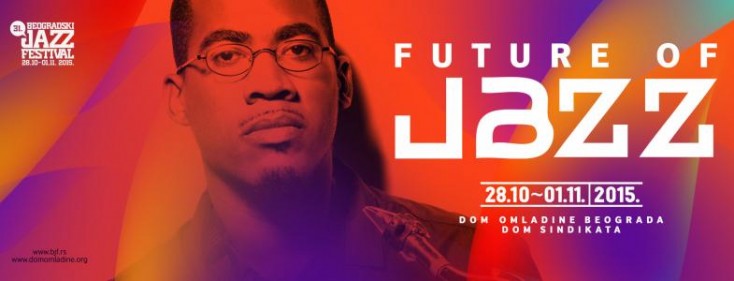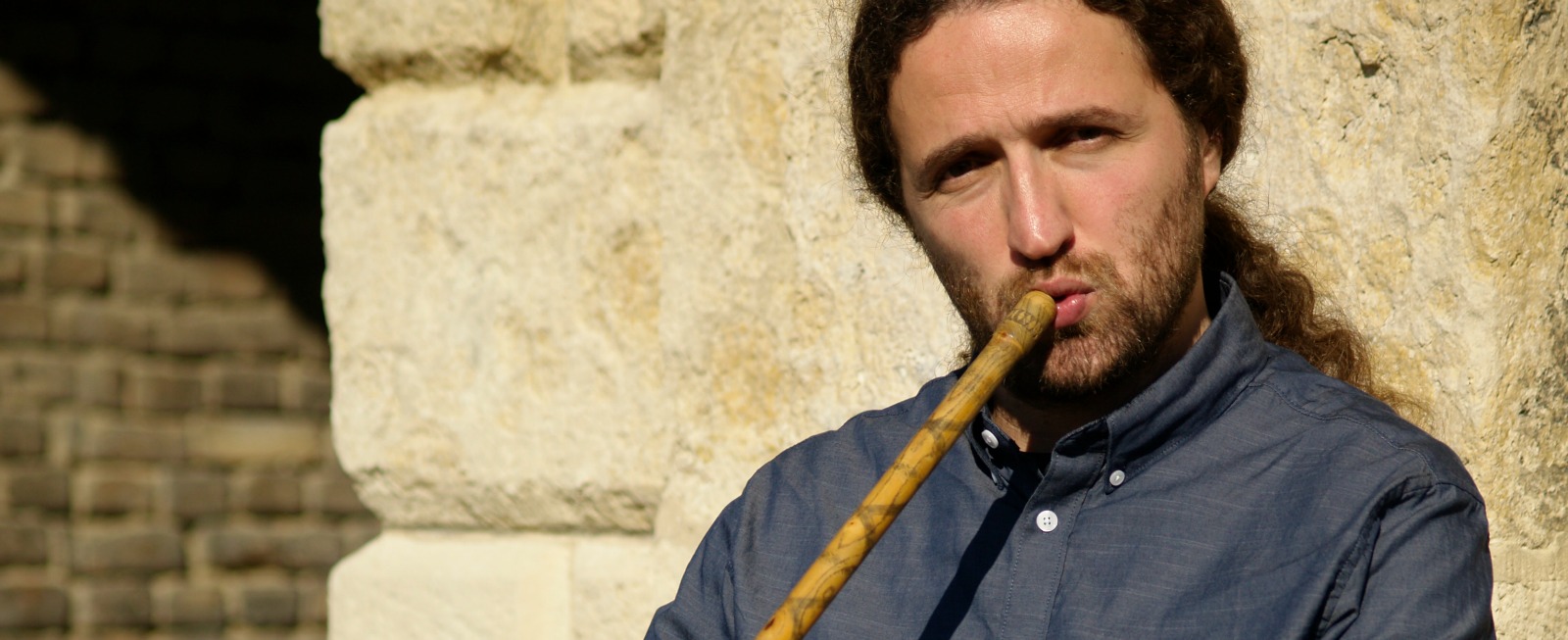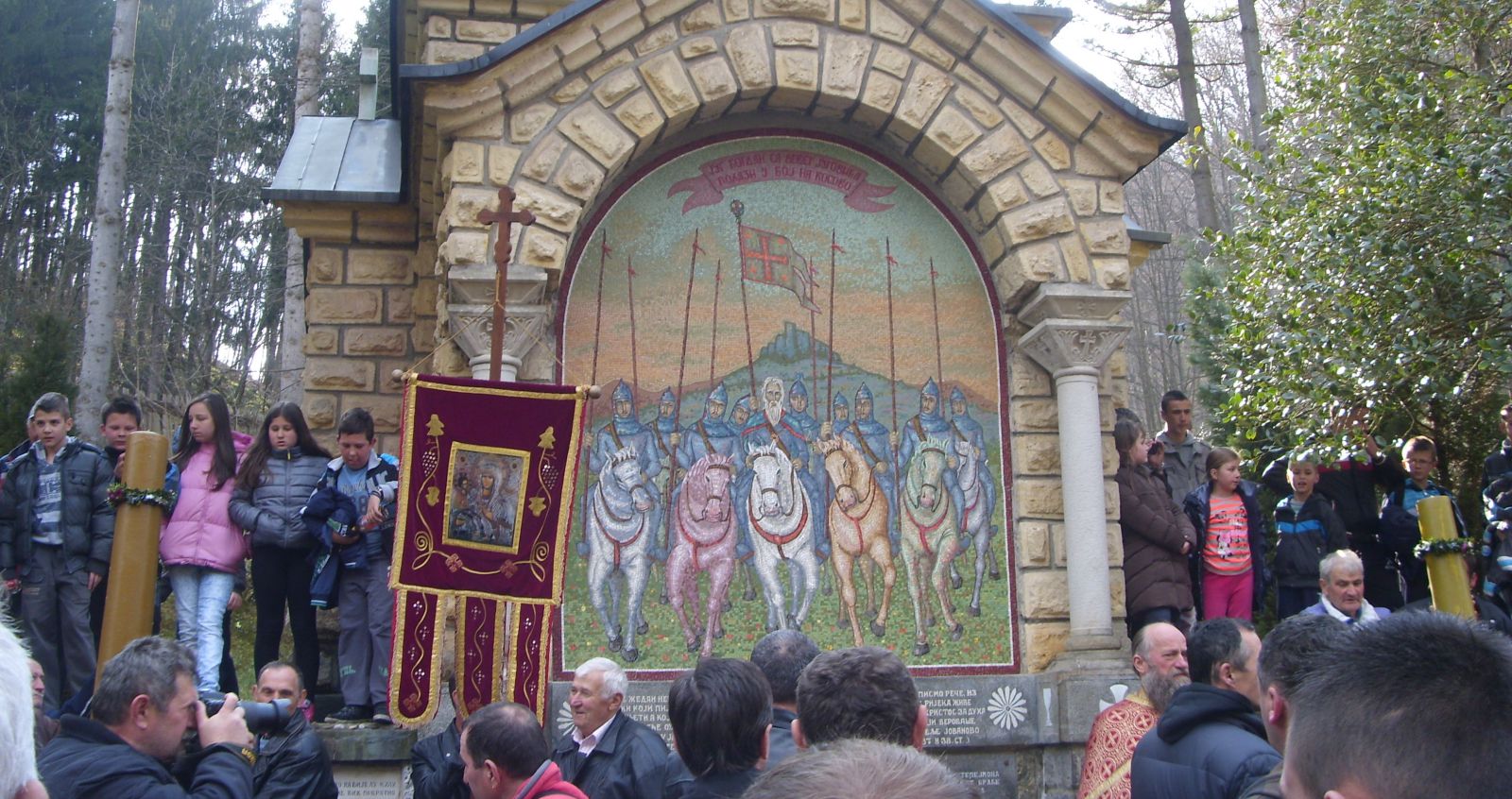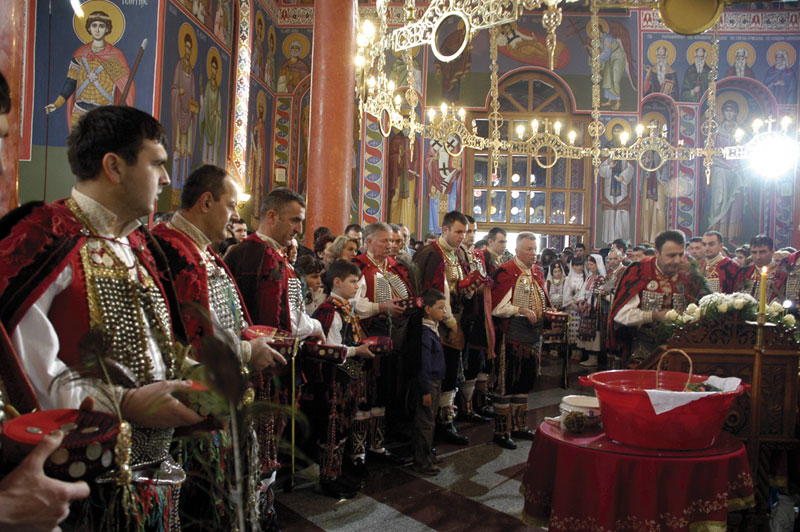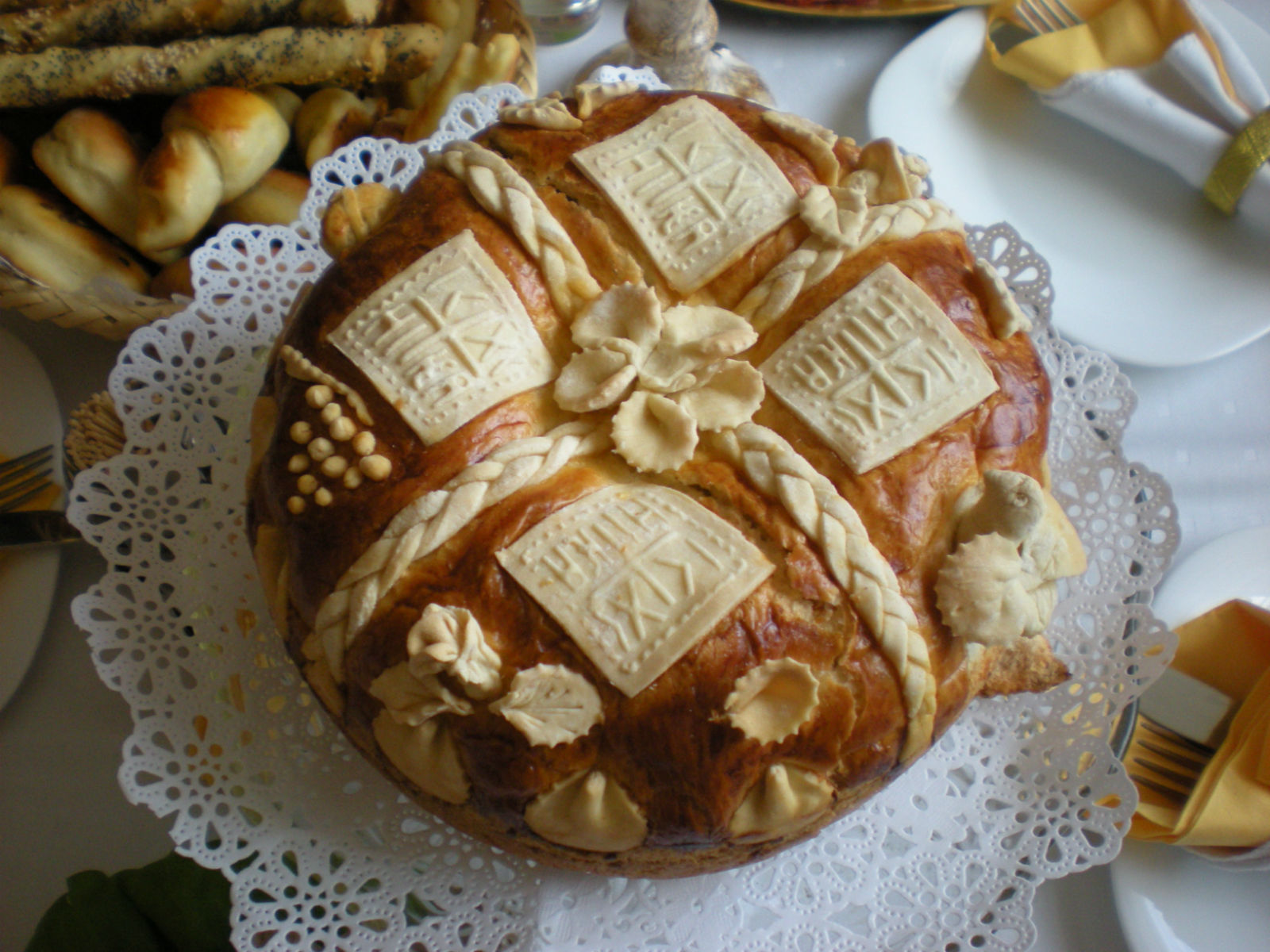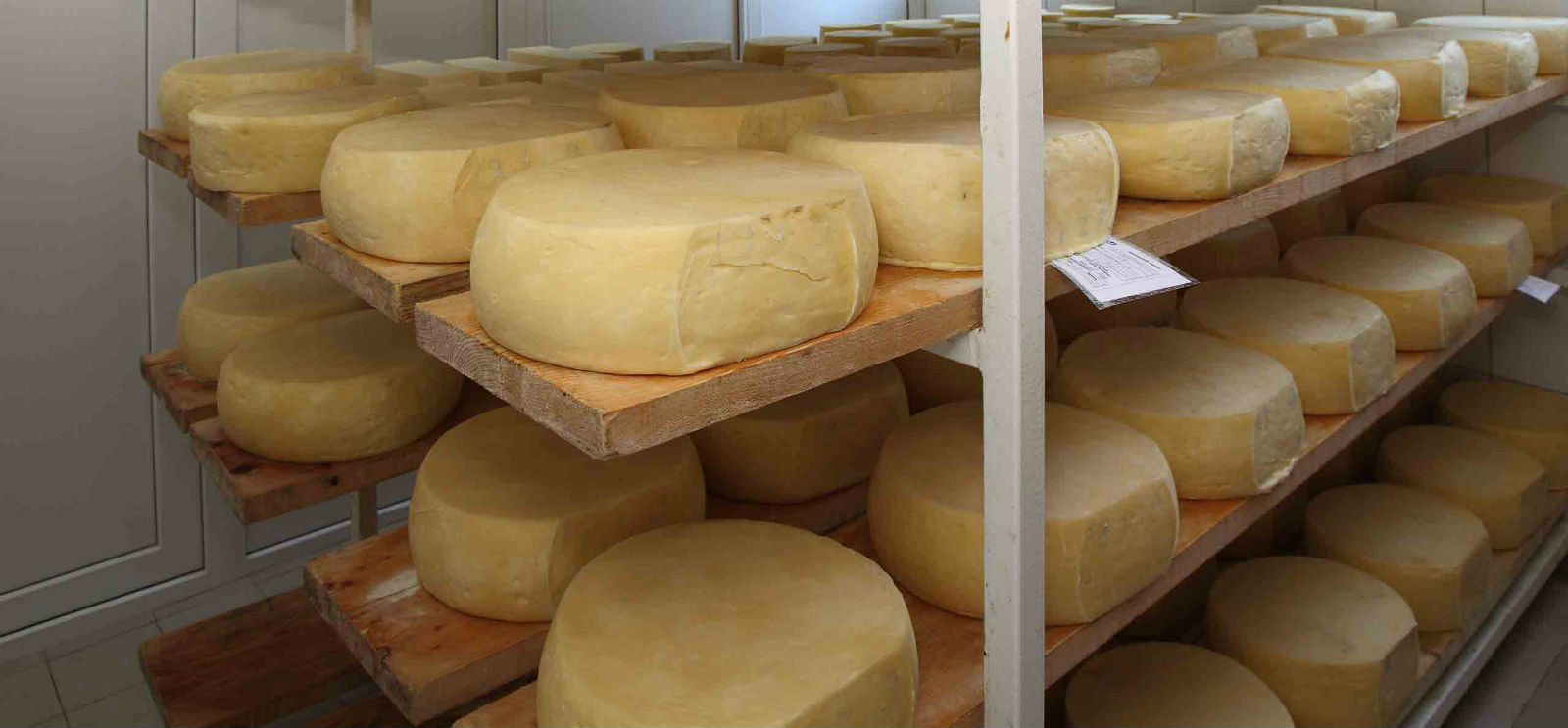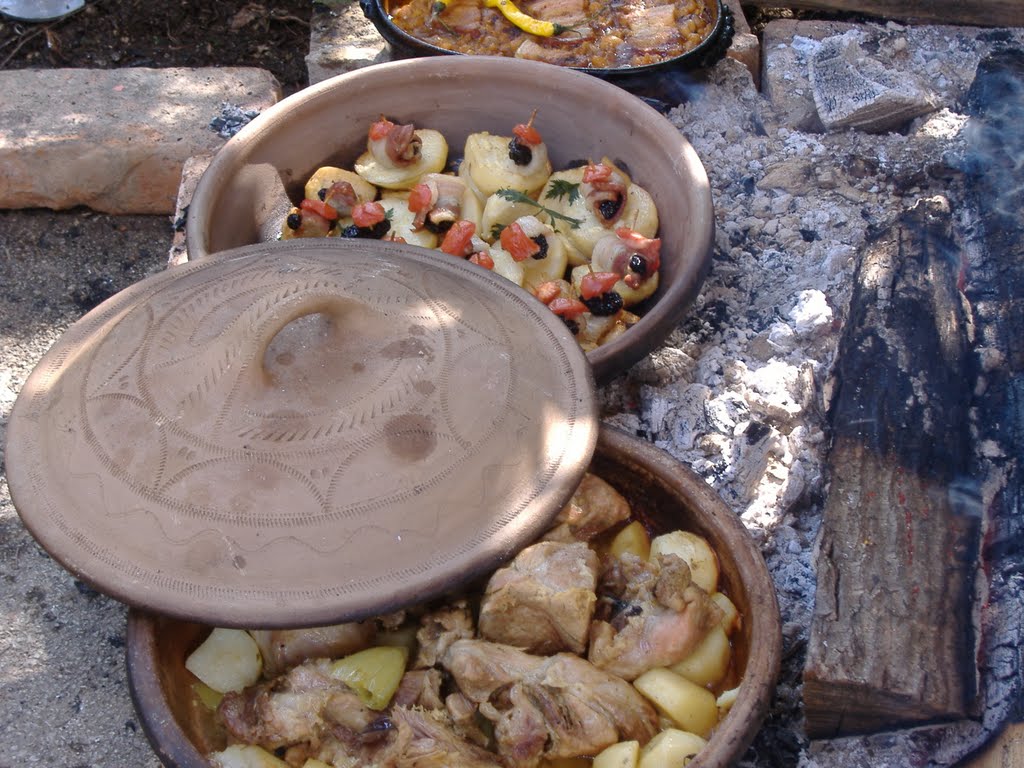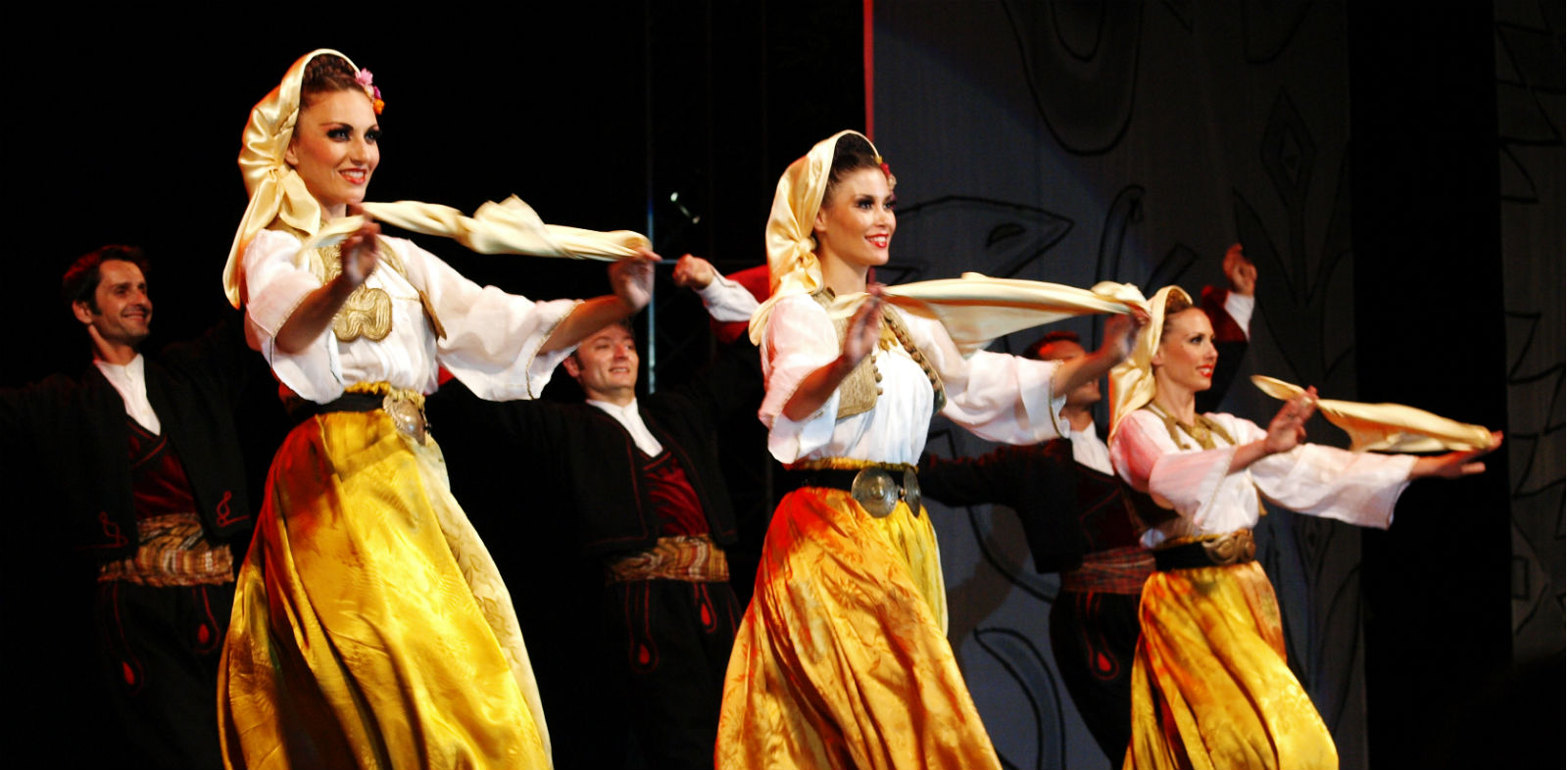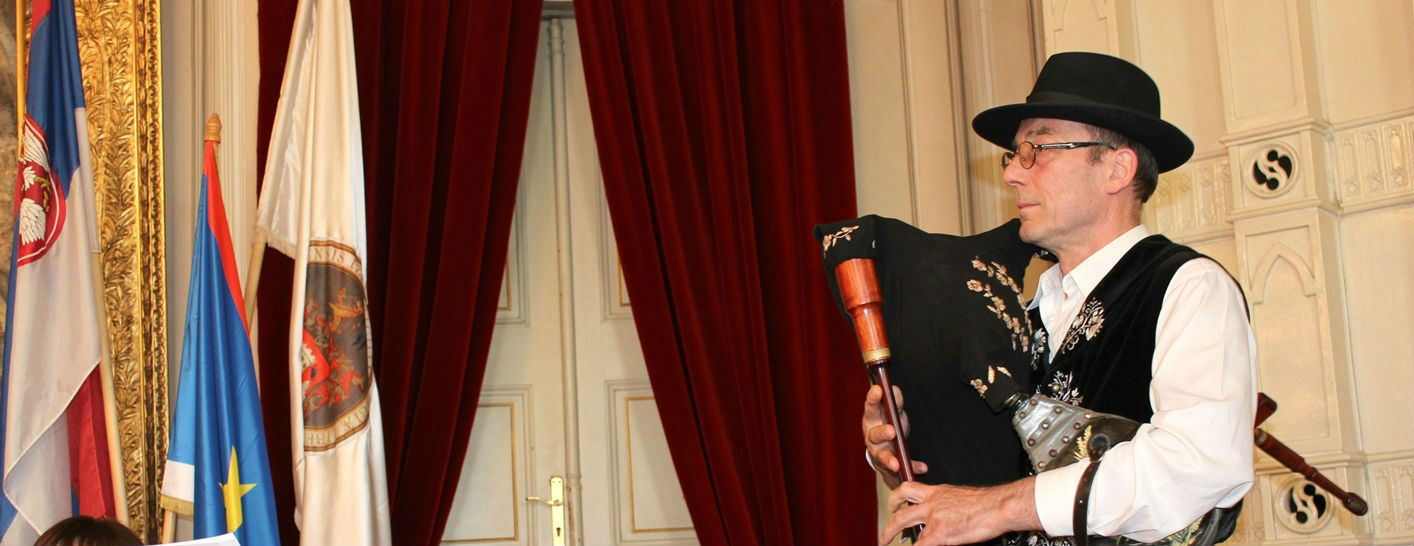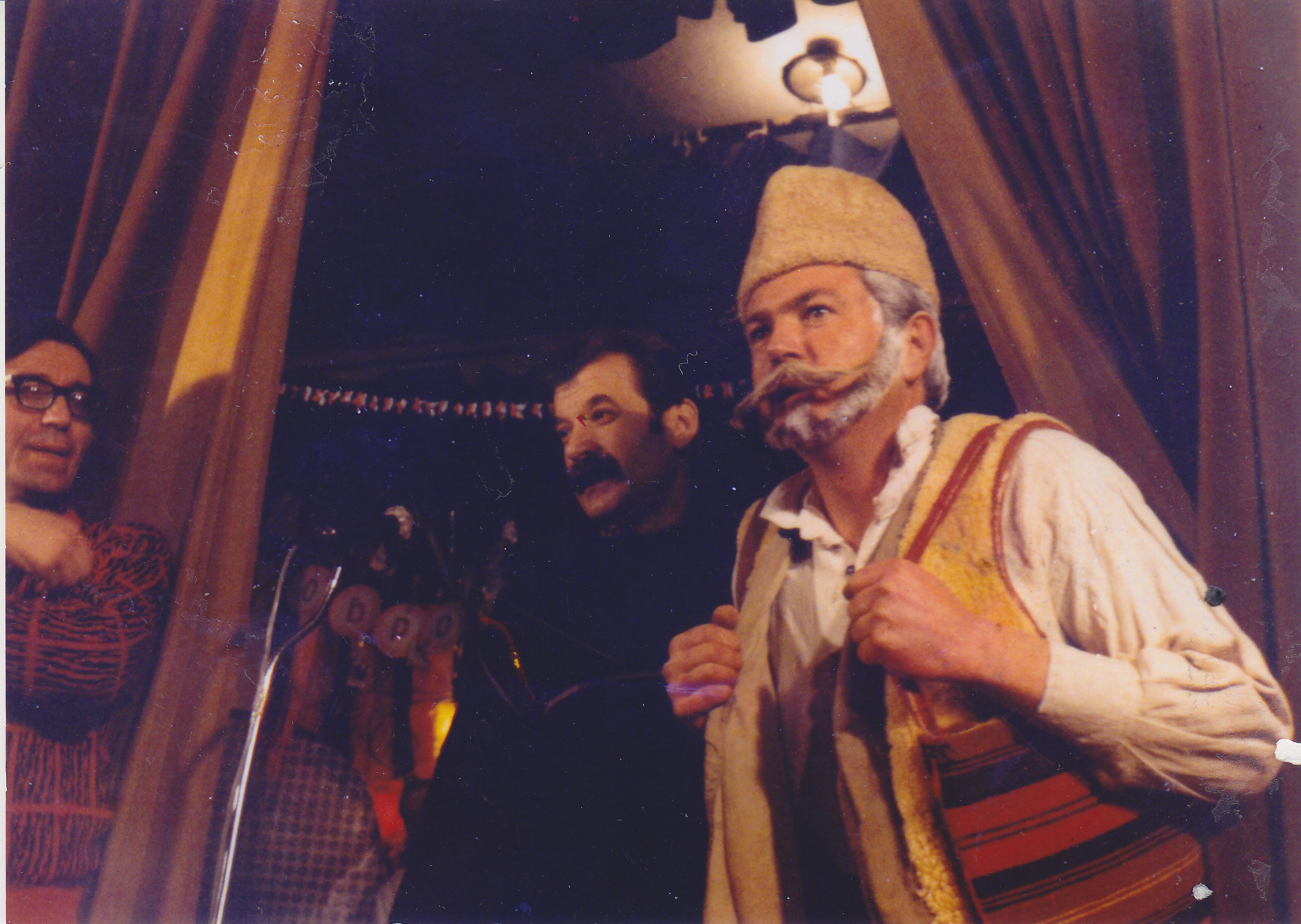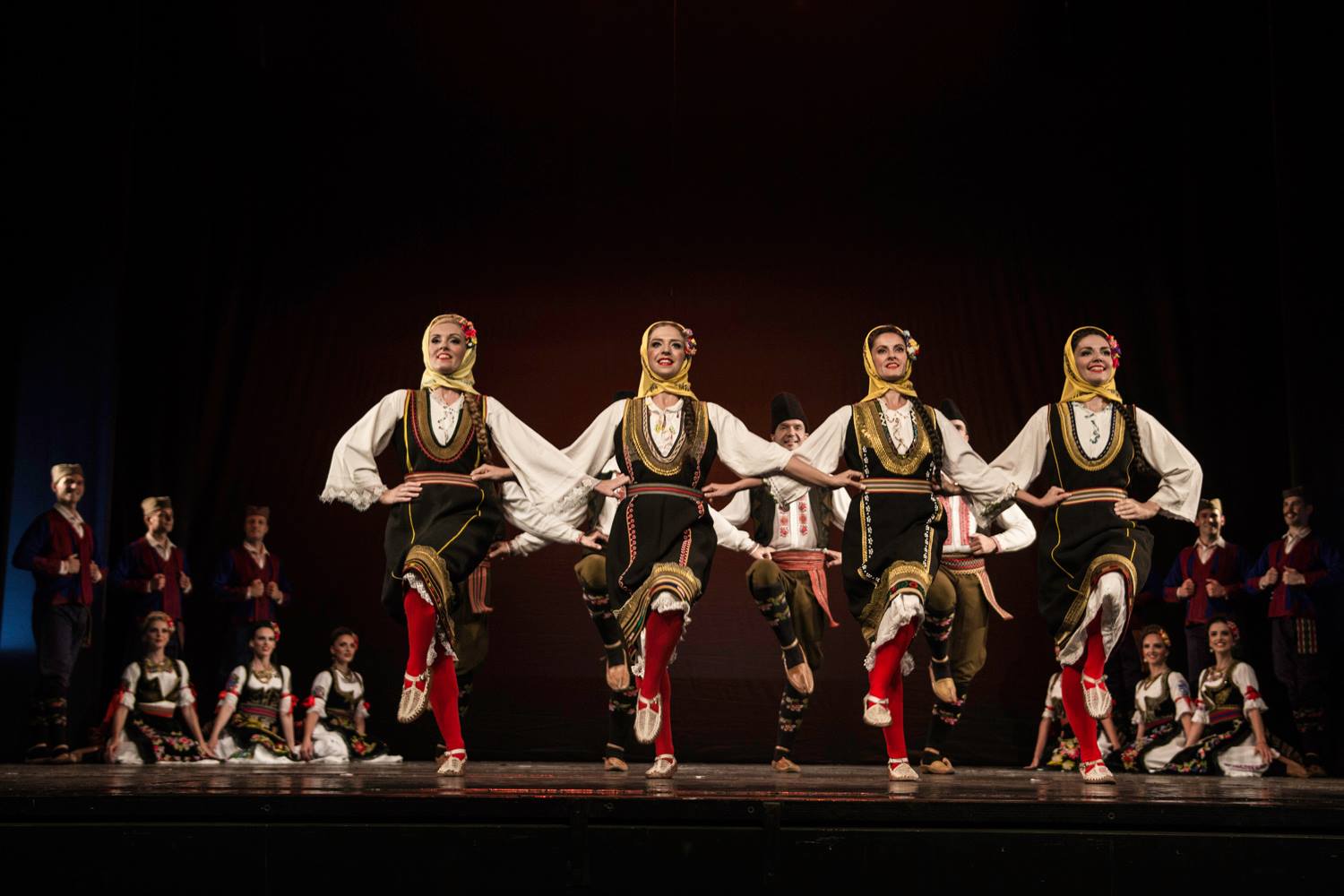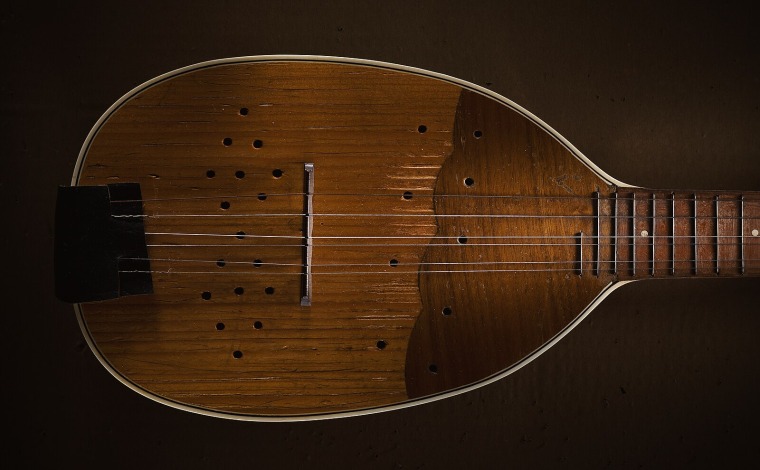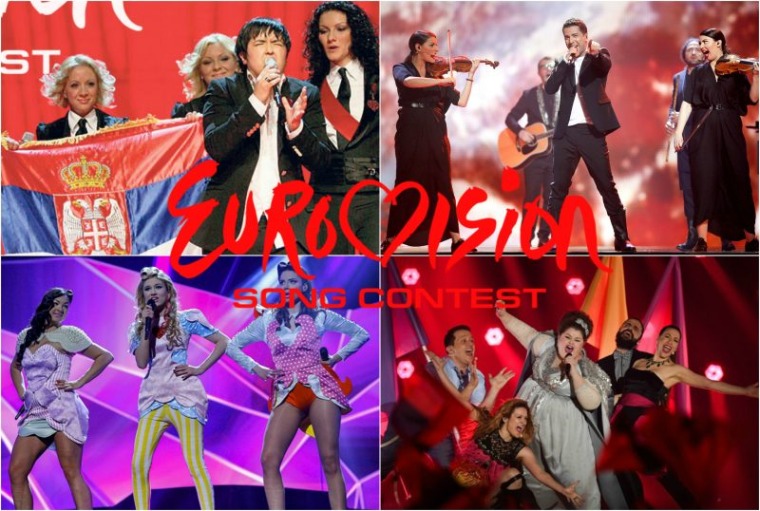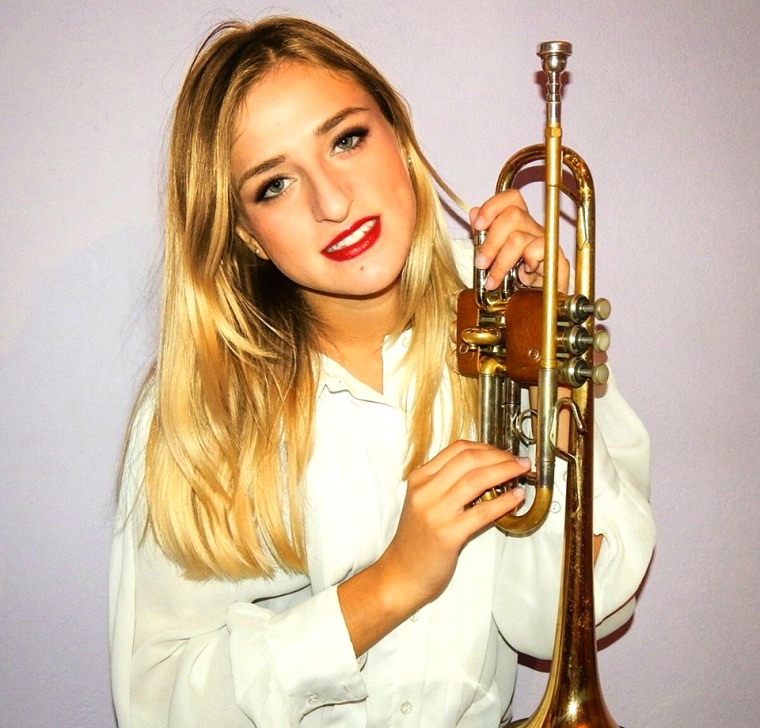Despite the danger of breaking the centuries of tradition, an instrument played by shepherds while guiding the sheep to pasture, still withstands to time and modern technologies.
Playing the kaval today represents a rare, but very valuable piece of music heritage which keeps the Serbian customs, culture and history.
The sounds of the kaval, which falls under the group of the oldest wind instruments, used to gather shepherds together, end the field works and guide the sheep. Its significance and important position in lives of Serbian people in Southern regions are witnessed by number of stories. Namely, people used to end their field work, sit under the tree and listen to the suave sounds of the kaval, played by Borisav Boškoćević. The kaval is the only traditional wind instrument in our tradition that can be sung along.
Presentations of musicians on frescoes of medieval monasteries and churches of this side of the Balkans say that the kaval dates back to the medieval ages. On the side where it is being played, there is a sharp bird which enables the easier obtaining of the tone. The tone is got just when the kaval is being sticked to the lips semi-horizontally, or under the angle of 45 degrees, and the player blows straight.
The archaïque way of construction is another witness of a long history and tradition of the kaval. It is about the hollow wooden pipe opened on both sides and between 65 and 90 cm long. Namely, the unusual shepherd  instrument is made of ash tree, cornel, elder, and in recent times it is made of plastic and metal. In Serbian music tradition, the kaval is represented in Southern Serbia- in Kosovo, as well as in Southeastern and Eastern Serbia.
instrument is made of ash tree, cornel, elder, and in recent times it is made of plastic and metal. In Serbian music tradition, the kaval is represented in Southern Serbia- in Kosovo, as well as in Southeastern and Eastern Serbia.
Over time, interest for livestock breeding died, which had a negative influence on playing the kaval. Still, suave sound of the traditional Serbian instrument hasn’t vanished yet. Today, it is being kept from oblivion by the talented musicians around Serbia, but also by schools and institutions like Music School „Mokranjac“ from Belgrade, Serbian Ethnomusicological Society, Center for Researching and Keeping the Traditional Serbian Dance (CIOTIS), Department for Ethnomusicology FMU. Numerous Serbian culture-art societies in Serbia and diaspora are introducing the kaval into their instrumentation more and more.
The turning point in today’s renew of playing the kaval has happened in Belgrade and vicinity at the beginning of 90’s of the 20th century. That is when greater interest in playing the kaval showed up, and the first players were the artist and frescowriter Predrag Stojković and his student Vladimir Simić. Miloš Nikolić started playing alongside and he is today a professor of the kaval.
One of the famous players of the kaval between the two World Wars was Borisav Boškoćević from Sirinićka župa, and after the World War II, the most famous one was late Milko Veličković (Pećinovčević) and still active Miladin Boškoćević and Veselin Bošković from the village of Štrpce.
With forces joined, in Music School “Mokranjac” in Belgrade, in 1995 was established, for the first time in history of Serbian scholastics, Department for Serbian Traditional Singing and Playing (ethno department). For the first time, studying the skills of traditional singing and playing was introduced. At the beginning, it was begun with the traditional singing, frula and the gusle, and in 2004 was introduced the kaval.
Along with the remaining 26 elements, playing the kaval was signed into the National Register of Intangible Cultural Heritage of the Republic of Serbia. That way, people from our country, but also from outside the borders, have been given the opportunity of meeting this important part of musical culture and with that, to understand its value and significance.
About the future of musical tradition to which it should be paid a special attention, a professor of the kaval and dr. art. Miloš Nikolić has a positive opinion. “Today, you can feel a positive cultural climate in Serbia where traditional music is experienced and valued as a premium artistic heritage and as a musical picture of Serbian people as a whole. In that context, over the last three decades, the started reconstruction of playing the traditional instruments among which is also the kaval, gives the hope that these skills won’t stop exiting under any external factor”.
Playing the kaval in diaspora
Serbs in diaspora didn’t forget about the important part of cultural heritage, either. Moreover, places at the concerts are always full, and Serbs which have left the motherland gladly enjoy the sounds of the kaval. “At my numerous concerts, as well as at the concerts of the students of Music School “Mokranjac” around universe (Japan, France, Germany, Austria, Spain, Canada, Cyprus, Greece, Russia, Croatia, Slovenia, Macedonia, Montenegro, Bosnia and Herzegovina), the beauty in playing the kaval has always attracted a special attention of our compatriots from diaspora, but foreigners as well”, explains Miloš Nikolić, a professor of the kaval.
He adds that they had seen in the kavals, but also in the entire syllabus of the traditional music, a primordial treasure which had waited and saw the time to be revealed and given to everyone as a gift, as a heritage of the mankind.
Related Articles
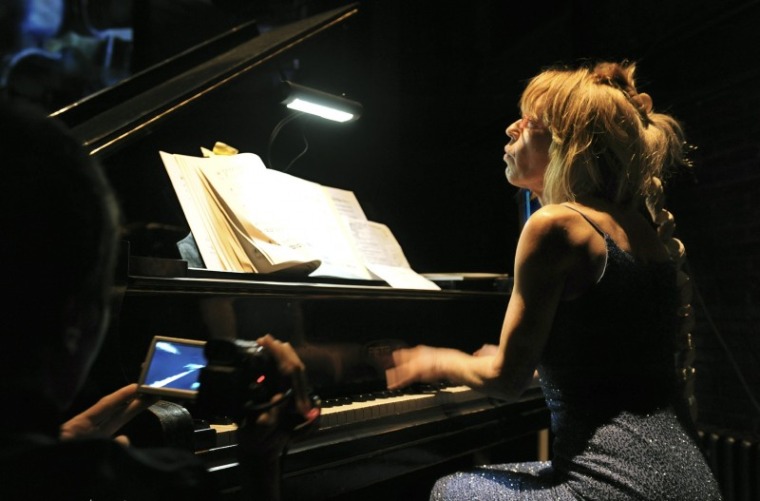
Nada Kolundzija opens Serbian Month 2016 in London
January 12, 2016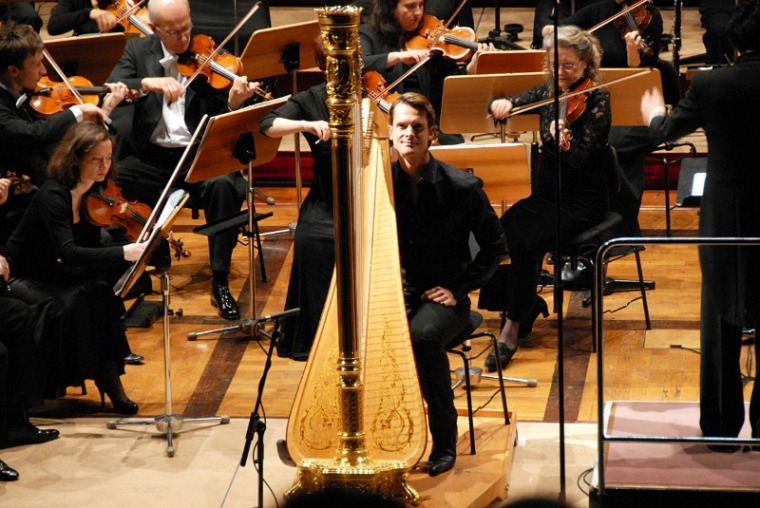
One of the world’s best harpists to perform with Belgrade Philharmonic
November 26, 2015